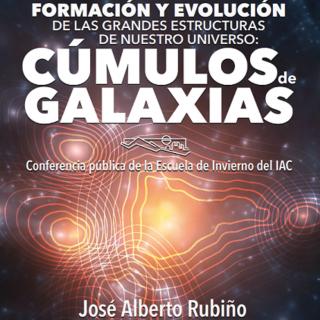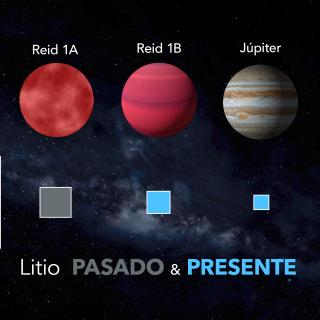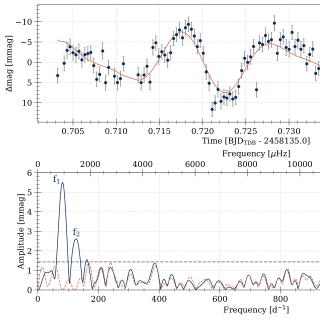
The Sun is the only star where we can resolve the intricate magnetism that all convective stars harbor. Yet, more than 99% of its visible surface along the solar cycle (the so-called quiet Sun) is filled with a tangled, unresolved magnetism. These “hidden” fields are thought to store enough magnetic energy to play a role in the heating of the Sun’s outer atmosphere, but its field strength is still not constrained. Previous investigations based on the Hanle effect in atomic lines claim a strong magnetization of about 100 G, while the same effect in molecules show a factor of 10 weaker fields
Advertised on




